By Yan Matusevich –
Keeping politics out of football has been a FIFA slogan for years, a policy the organization strives to promote by showcasing the unifying force of football. Of course, despite FIFA’s window-dressing, political and ethnic antagonisms continue to permeate the beautiful game, going against the so-called neutrality of the sport. Indeed, virtually every modern-day geopolitical conflict has had very real repercussions in the football world – both on and off the pitch. For instance, Israel play in Europe instead of its native Middle East, while UEFA has diligently kept Armenia and Azerbaijan apart in European qualifying draws since the end of the Nagorno-Karabakh War in 1994. Echoes of past wars, frozen conflicts and enduring ethnic tensions resonate across international football, breaking through – sometimes violently – to the surface.
Since the dissolution of the Soviet Union, Russian football has seen rising inter-ethnic tensions and overt xenophobia spill over onto the terraces. Despite being home to clubs from all over Russia, an invisible, but highly sensitive divide splits the Russian Premier League, pitting those hailing from the mountainous – and predominantly Muslim – North Caucasus region against clubs based throughout the rest of the country. Just as people from the Caucasus face discrimination at the hands of ethnic Russians, football clubs from the often troubled region such as Terek Grozny, Anzhi Makhachkala, and Spartak Nalchik are treated as distant and not entirely welcome relatives in the Russian football family.
Clubs from the North Caucasus have been omnipresent in the Russian Premier League since its creation following the dissolution of the Soviet Top League in 1991. In fact, the only team that managed to break Spartak Moscow’s early stranglehold on the Russian league in the 1990s were Alania Vladikavkaz with their historical championship title in 1995, fielding a mixed squad of Russians, Georgians and local North Ossetians (For more information on Alania Vladikavkaz, see Futbolgrad’s Alania Vladikavkaz – Russian Football’s Endangered Snow Leopards). But from the early 2000s the attitudes of Russian fans toward clubs from the region quickly deteriorated, culminating in a boycott of all clubs from the Caucasus by the fans of every single club in Moscow since 2011. For two years now, an overwhelming majority of ethnically Russian fans has refused to attend away matches in any of the ethnic republics along the country’s southern border.
The Echoes of the Chechen War
Negative attitudes and right-wing extremism emerged as a serious issue in Russian football in the context of the long and bloody Chechen War, in which Russia suffered a tremendous amount of casualties. The bitterness of having lost the first Chechen campaign was intensified by the influx of civilians from the Caucasus into Russia’s big cities as they fled the violence and the ravages of war. Having been fed images of Chechens as bandits and terrorists on Russian state-television, many met these migrants with a mixture of hatred, fear and distrust.
Disregarding the complex ethnic and religious diversity of the region, the Russian media was quick to coin the term “people of Northern Caucasian complexion” to describe individuals from Chechnya, Dagestan, Ingushetia, Ossetia and other Caucasus republics. As the climate of ethnic hatred intensified, Russian football hooligans placed themselves at the forefront of a newly declared war against “non-Slavs”. In the 1990s, as the war in Chechnya became protracted, with Russia existing through a period of economic and social upheaval, football stadiums turned into points of contact for Russia’s far-right extremist youth. While Russian football was marred with financial difficulty and corruption, the prevalent fan culture became neo-Nazi hooliganism. The recollections of one Spartak fan from an away match in Vladikavkaz back in 1999 attests to the fact that hatred of people from the Caucuses is not just a recent phenomenon.
“People were fine until we started chanting “Only Russia!” and “Russians, forward!”. Fuck, then all hell broke loose! Everyone got up, started pointing fingers at us, threatening to knife every single one of us! They were like, we’re from Vladikavkaz, we’re also Russian and we live in Russia. Well, what can we do, if these people don’t understand the difference between russkiye [ethnic Russians] and rossiyane [Russian citizens]?
In the minds of nationalist fan groups – and a growing number of sympathetic average Russians, the hatred directed initially against Chechens quickly spread to target all non-Russians in the region, regardless of their political, religious and ethnic background. Ironically, the first club from the Caucasus to become the target of xenophobia were Alania Vladikavkaz, a club that represented North Ossetia; a region with an Orthodox majority and a bastion of Russian support.
Terek Grozny: Enemies Turned Friends
Though xenophobia and hatred towards non-Russians existed among Russian football fans in the mid-90s, the promotion of Terek Grozny to the country’s top football division in 2005 marked a turning point. Having fought a long and arduous war to keep breakaway Chechnya as part of the Russian Federation, Putin declared victory over the separatists by handing over power to what had up to that moment been Russia’s sworn enemies, promising both Russians and Chechens a swift return to normalcy.
While Chechnya’s capital Grozny lay in ruins, exuberant amounts of money were invested into building a new Chechen football club from the ground up. Indeed, football – the region’s most popular sport – quickly turned into a public relations campaign, projecting an image of a peaceful and thriving Chechnya to the rest of the world, while giving locals a spectacle to distract them from their own economic and social woes.
Replacing Grozny’s bombed out stadium with a new state-of-the-art facility became one of the republic’s first major infrastructure products. (For more on this theme, see Futbolgrad’s Anzhi – Kremlin PR in the North Caucasus).
In 2005, Terek Grozny made a festive debut in the Russian Premier League fielding a squad peppered with highly-paid foreign players, playing in a brand new stadium– to the envy and dismay of many Russian football fans. To make matters worse, Ramzan Kadyrov – the separatist-turned-Putin-ally who conveniently switched sides in the war in return for becoming Putin’s loyal vassal in the region – became the club’s president.
Russian Football Divided
In the years following Terek Grozny’s promotion to the Russian Premier League, other teams from the Caucasus followed suit with Anzhi Makhachkala, Spartak Nalchik and Alania Vladikavkaz returning to top-tier football, pushing the total number of teams from Russia’s mountainous southern frontier to four out of the league’s sixteen clubs. Despite hailing from different republics, these clubs were quickly labelled as the “Caucasian block” by both fans and Russian sports media alike. Allegations of match-fixing in favour of teams from the Caucasus sprung up in online forums and newspapers. Rumour had it that referees were being bribed to benefit teams from the Caucuses as part of a strategy to “appease” Russia’s most volatile region with footballing successes. Moreover, fans began accusing the Russian government of lavishly funding teams from the Caucasus at the expense of clubs from ethnically Russian regions, conveniently disregarding the fact that most Russian clubs are sponsored by the Russian state through its state corporations. In the eyes of a majority of Russian fans, people from the Caucuses became synonymous with crime, violence and corruption. Outlandish stories of fans from St.Petersburg and Moscow being beaten up by Dagestani and Chechen fans circulated among ethnically Russian fan movements.
As the atmosphere within Russian society – and consequently in the stands – became increasingly toxic, Russia’s footballing authorities turned a blind eye and took no action. Things spiralled out of control in 2010, when football hooligans and nationalists organized a massive riot directly outside the Kremlin walls, expressing their protest against the killing of Spartak Moscow fan Egor Sviridov by a person of “Caucasian nationality”. Instead of cracking down on the protest, Russian authorities promised to investigate the murder and Putin even took the unprecedented step of addressing Russia’s angry nationalist youth directly with calls to come down more heavily on crimes committed by non-Russians. Having used football hooliganism to revive Russian nationalism for its own support in the past, the Russian authorities failed to keep these fans’ organizations in check. The concessions and promises made to the country’s most nationalist elements did little to defuse the situation.

On 11 December, 2010, football supporters took to the capital’s central streets protesting at what they saw as the authorities’ inadequate investigations into the murder of Egor Sviridov.
Following the 2010 riot, CSKA fans were the first to call for an “immediate and unilateral” boycott of matches against sides from the Caucasus ahead of their team’s Russian Cup final against Alania Vladikavkaz in 2011. Met initially with a degree of scepticism within the fan community, the idea of a full blown “boycott of the Caucasus” was quickly picked up by Spartak fans in an unprecedented act of solidarity with their crosstown rivals CSKA, citing “security concerns” as one of the primary motivations for refusing to attend away games in the Caucasus. Shortly afterwards, the capital’s Lokomotiv fans signed up for the boycott despite their long-held rivalries with both CSKA and Spartak. Though no other fan groups have officially joined the Moscow-led boycott, fans from across Russia have expressed their solidarity, including in St.Petersburg, Kazan and Samara.
Despite repeated official condemnation, the boycott has been surprisingly successful and enduring, as it has remained intact for over two years. When Grozny was announced as the host city for the 2013 Russian Cup Final, CSKA fans refused to attend the match against Anzhi. In response, the Russian FA tried covering up the scandal by filling the stands with locals in CSKA colours to mitigate the embarrassment.
Russia’s Xenophobic Consensus
Acts of xenophobia and violence at home games against Caucasian teams have skyrocketed since the boycott began. During a match against Terek Grozny, Zenit fans publicly burned a Chechen flag at the Petrovsky Stadium in St.Petersburg (see photo at top). Just a month later, Kuban Krasnodar fans hoisted a Dagestani flag above the stadium and proceeded to light it on fire. Anti-Caucasian chants such as “Beat the Khaches” – a blanket derogatory term for people from the Caucasus region – can be heard in stadiums across Russia, even during matches between “ethnically Russian” clubs. Beyond the publicized flag-burning incidents, dozens of xenophobic beatings by football hooligans have taken place before and after matches.
While refraining from openly supporting the ethnically Russian fans, government officials and politicians have shifted the blame onto the victims of xenophobia. Recently, Oleg Nilov, the deputy head of the Just Russia party,proposed banning football in the Northern Caucasus region as a solution, offering to replace the sport with rugby instead. As ludicrous as this proposition may seem, Russian political leaders are more vested in making overtures to Russian fans rather than fighting xenophobia in the stands or taking action to bring to an end the popular boycott.
As Russian authorities attempt to downplay the boycott as well as the recent xenophobic riots and marches in Moscow (spearheaded to a large extent by the very same football hooligans), football fans are quite open and vocal about their own views. When interviewed by a Kommersant reporter, the anonymous leader of an undisclosed Moscow fan group gives a much clearer and more frightening picture of the reality in the stands:
“Of course, most of the fans in the stands have nationalistic views. We all strongly dislike migrants and people from the Caucasus, but at the same time we are not members of any political movement. 5-6% are ideological nationalists, another 30% are those who might throw a Nazi salute when they’re drunk. The rest are those that do not accept any Nazi symbols…but when there is a murder in Biryulevo or a riot in Pugachevo …we know which side we’re on”.
While some may paint the problem surrounding Russian football and the Caucasus as yet another chapter in the history of hooliganism, the reality on the ground shows that these chants and acts of violence are expressions of hatred and xenophobia bubbling within Russian society as a whole. Indeed, football fans see themselves as being at the vanguard of a larger nationalistic movement, one that goes beyond a group of extremists, but echoes the beliefs of a silent majority of ethnic Russians. As another anonymous fan put it, “once something major happens in the ‘national question’, we’ll show the world what a real fan movement is like. We’re all just waiting for the right moment to act”. As for the Russian authorities, this moment may occur sooner than expected, with far-reaching consequences beyond the world of football. After all, history has shown how quickly rivalries based on ethnic hatred in the stands can act as precursors to even worse atrocities spilling on to the streets.
Yan Matusevich is a recent graduate of Bard College in Political Science who is currently based in Berlin. A native of St.Petersburg, Yan grew up living between Southern France, Alaska and the East Coast. As a lifelong football fan with a keen interest for everything post-Soviet, Yan spends his free time traveling through Eastern Europe and collecting football kits along the way. Read Yan’s blog Eastern Profiles for political commentary on post-Soviet spaces or find him on Twitter @ymatusik
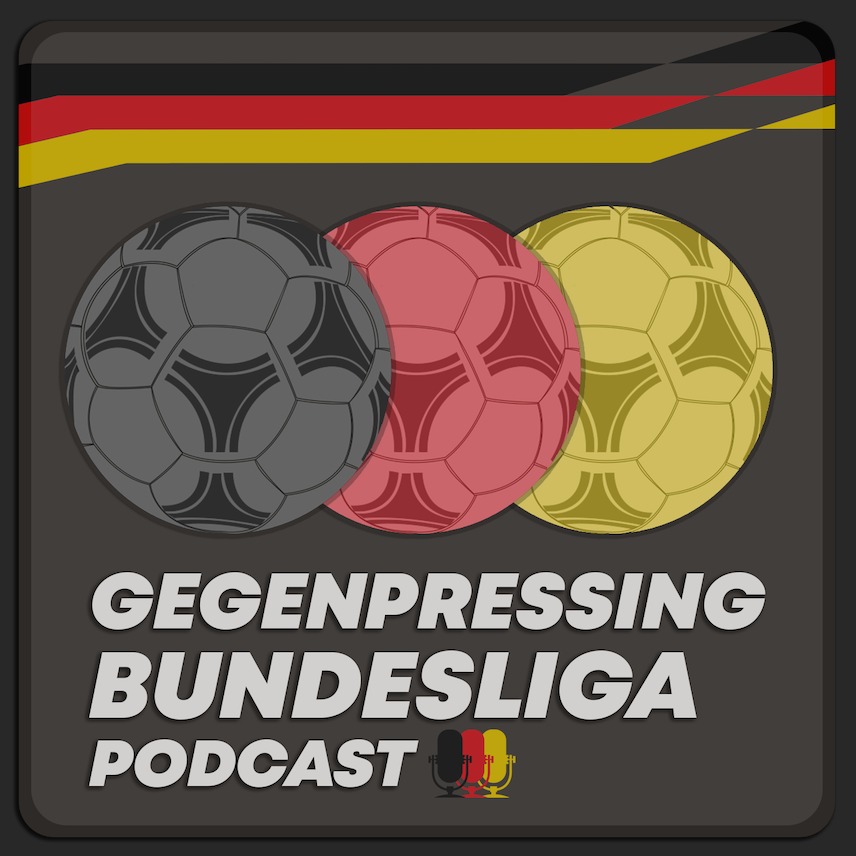

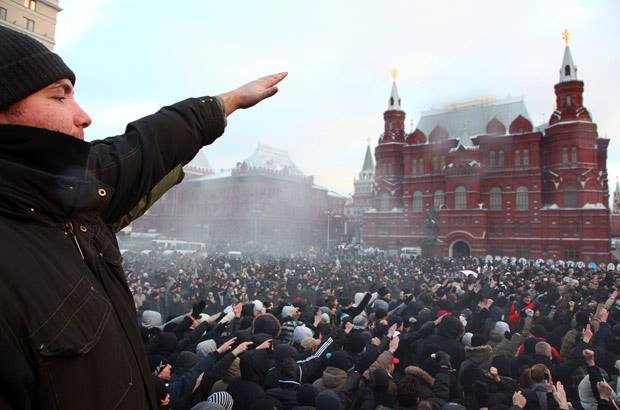
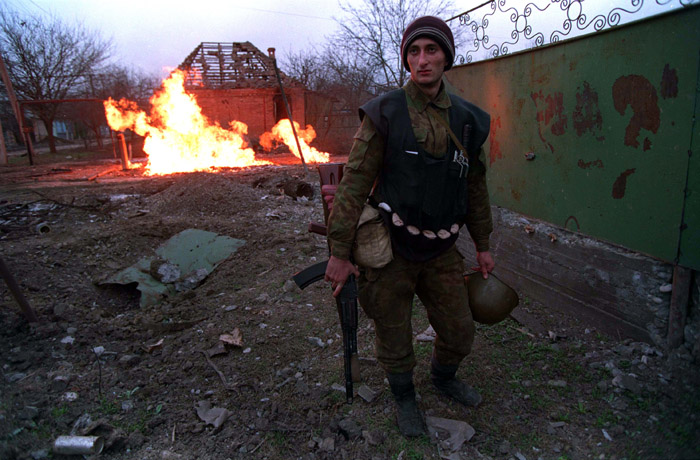
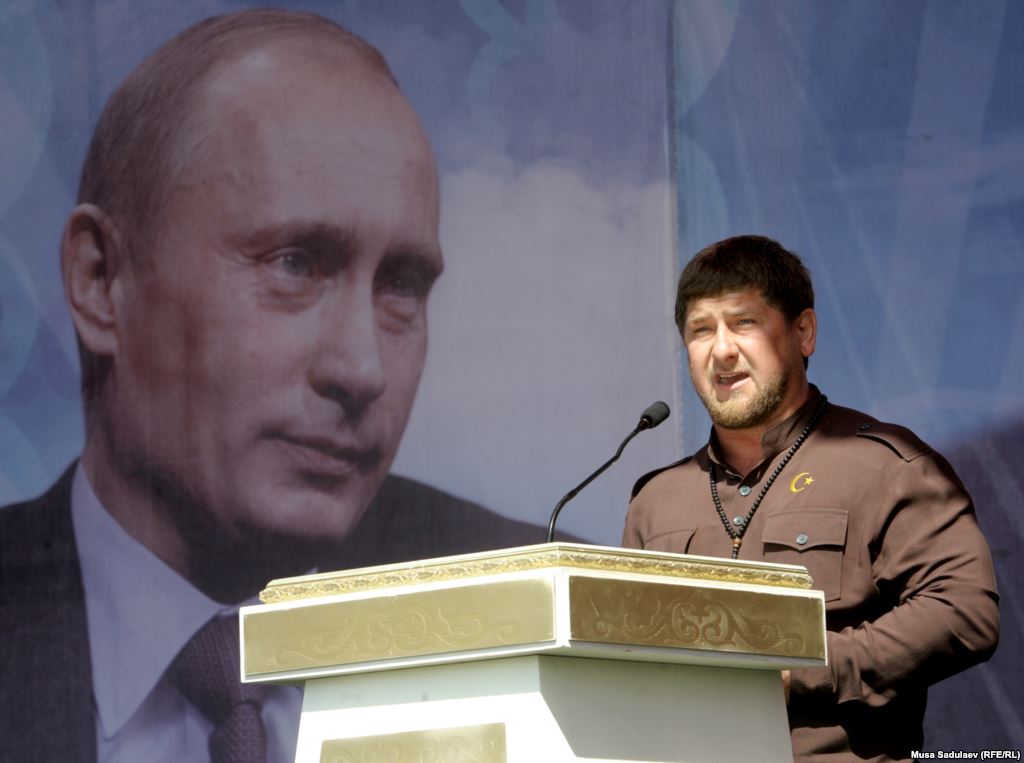

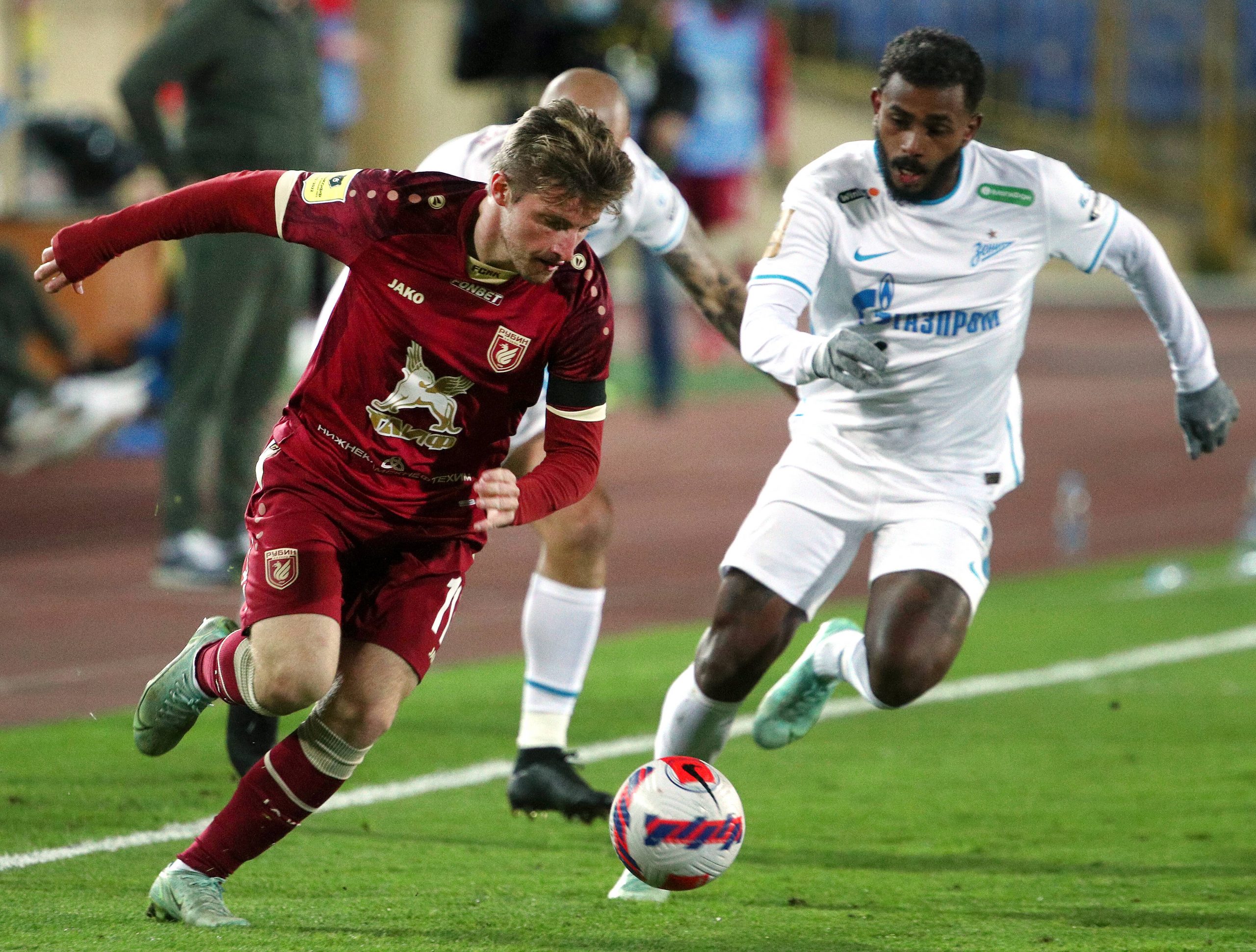
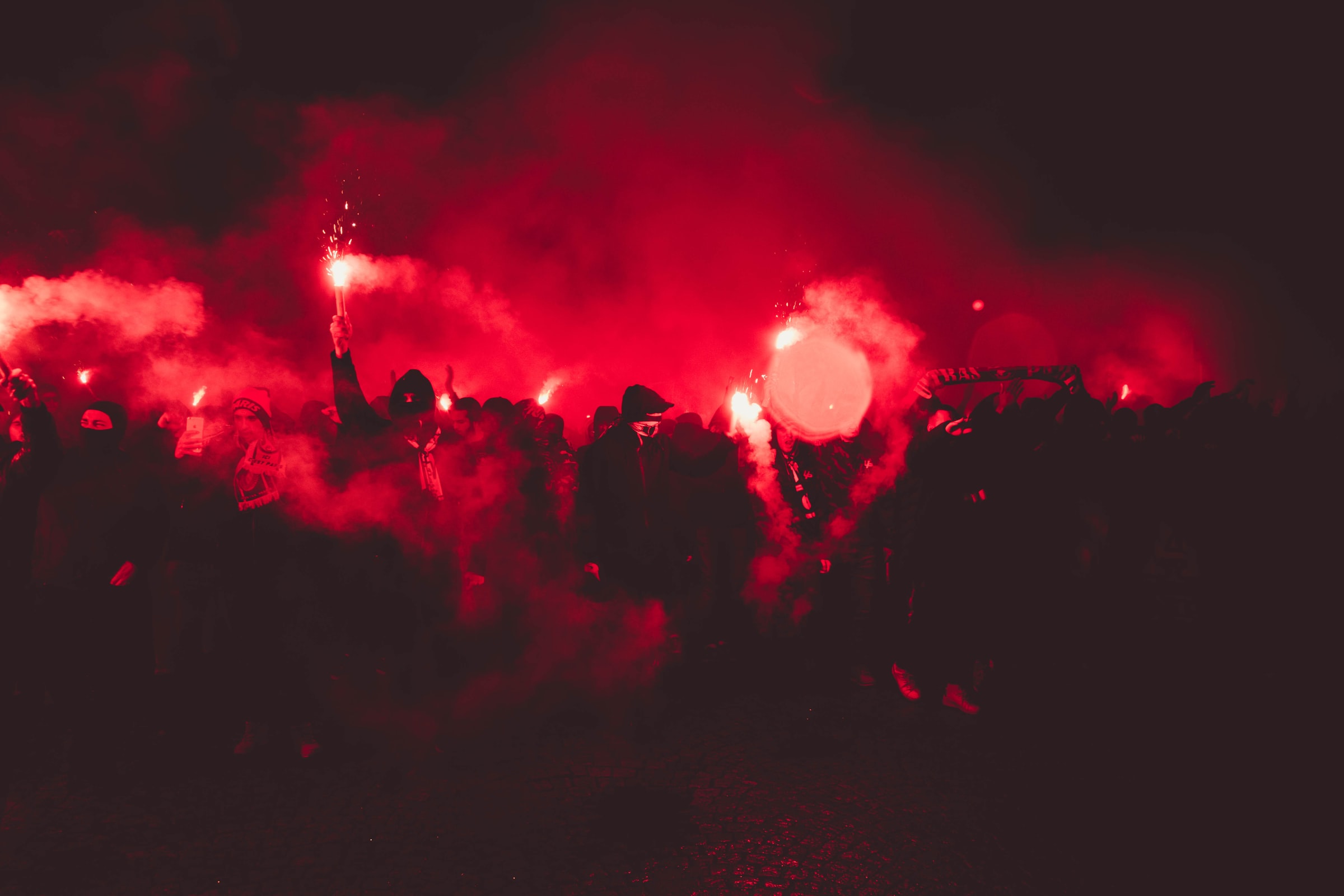
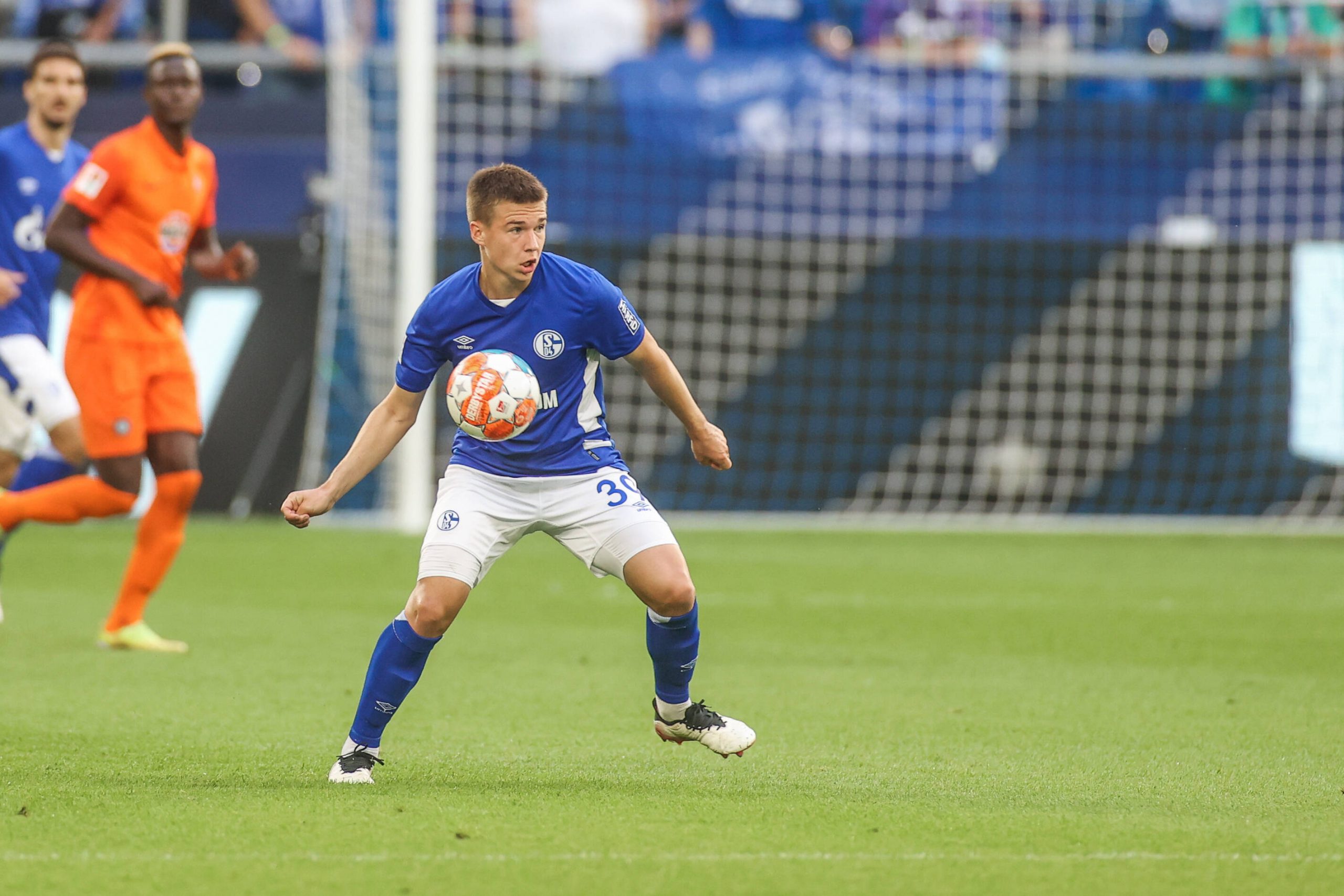
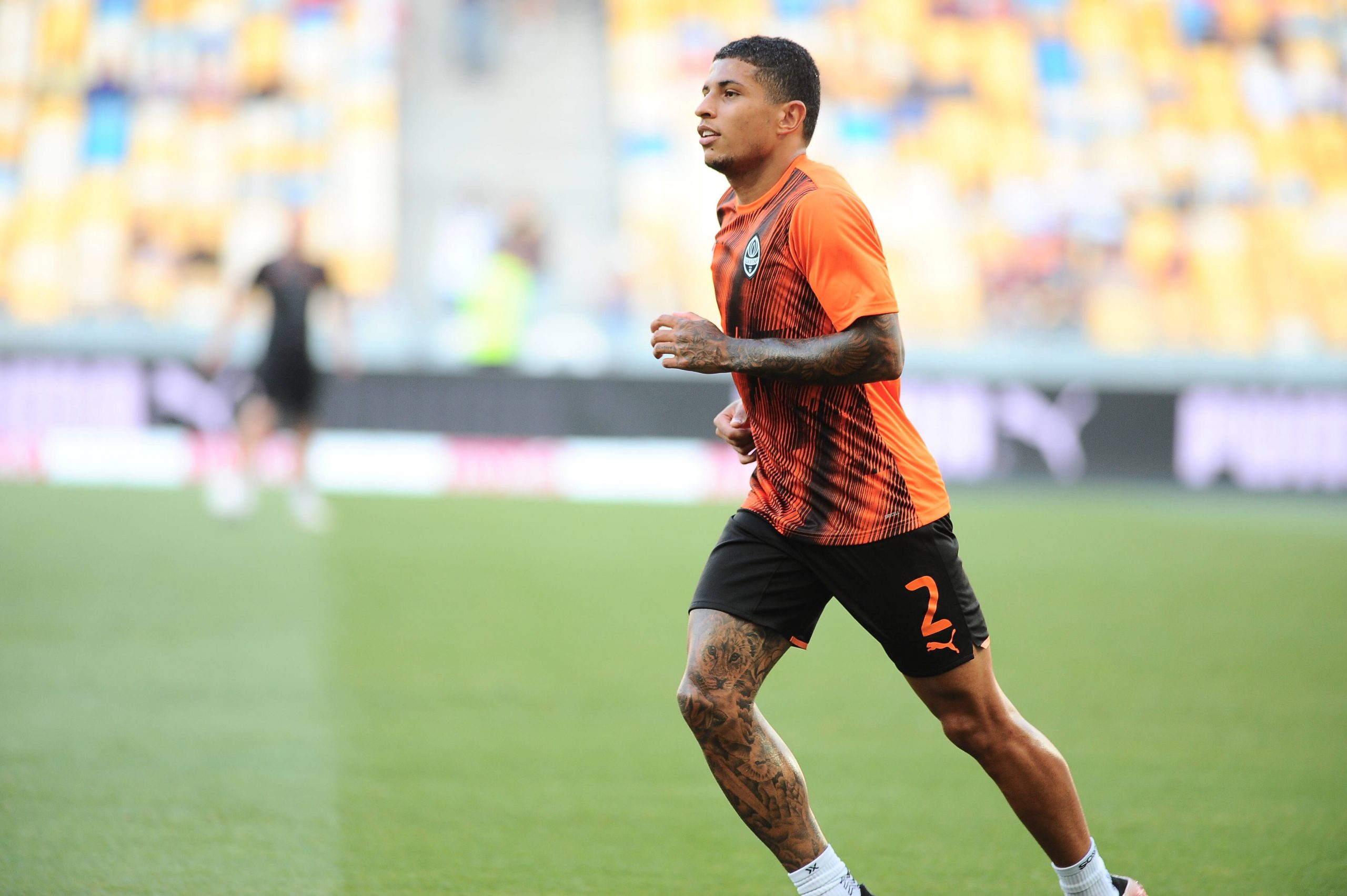
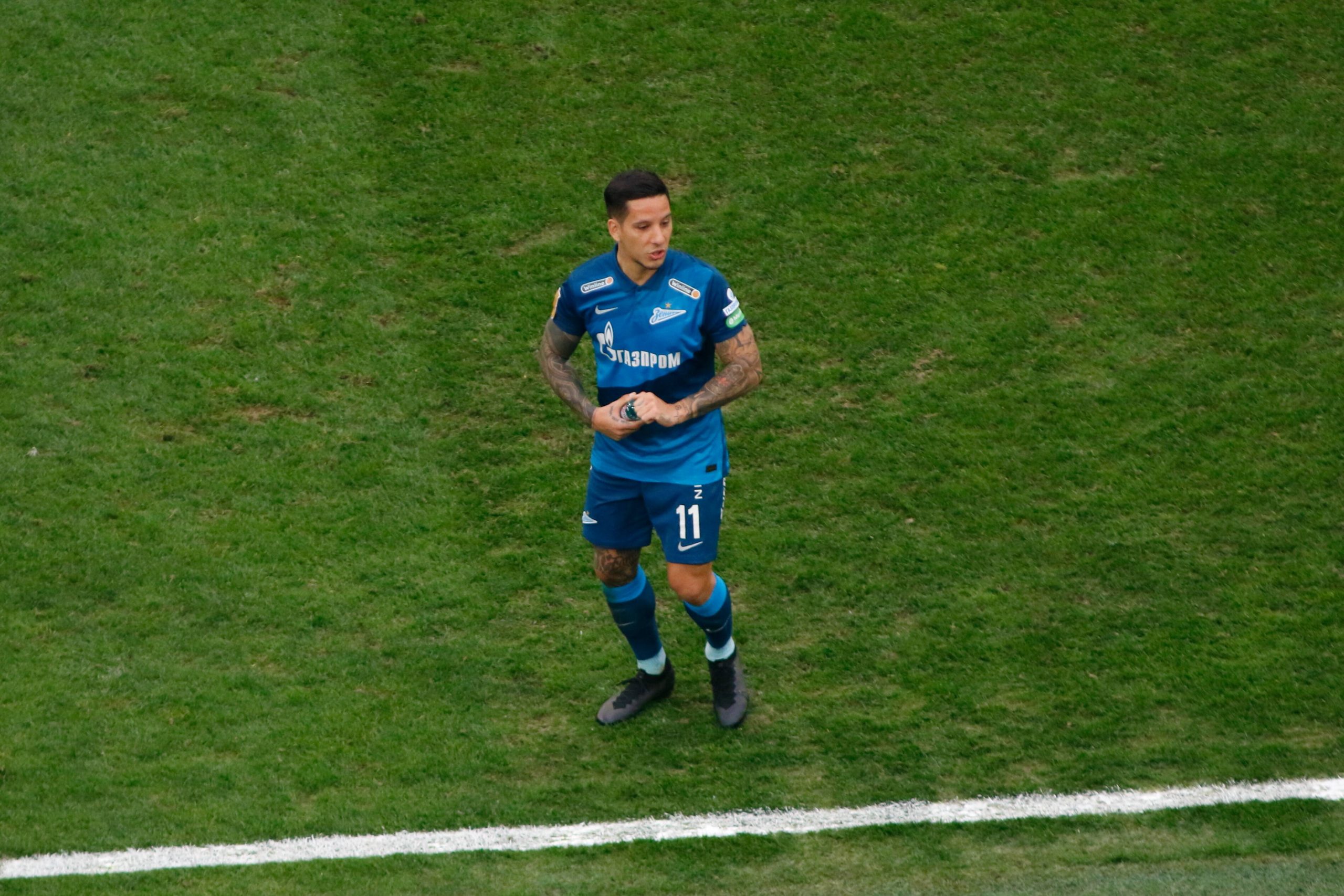
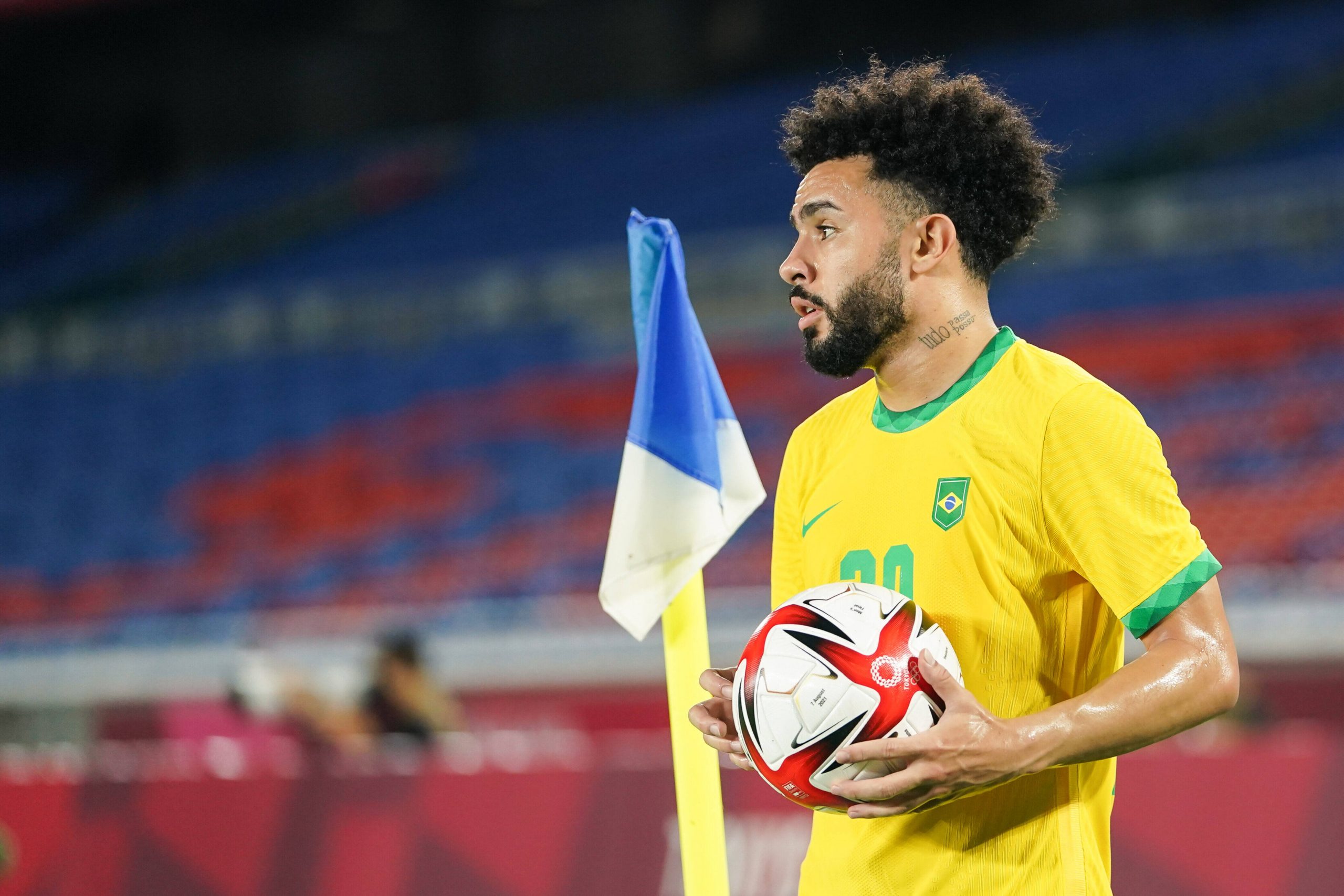

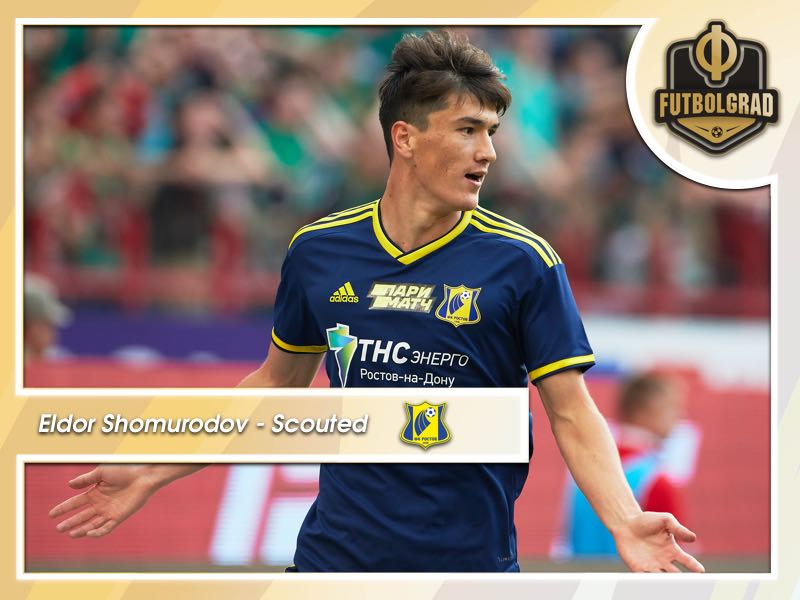
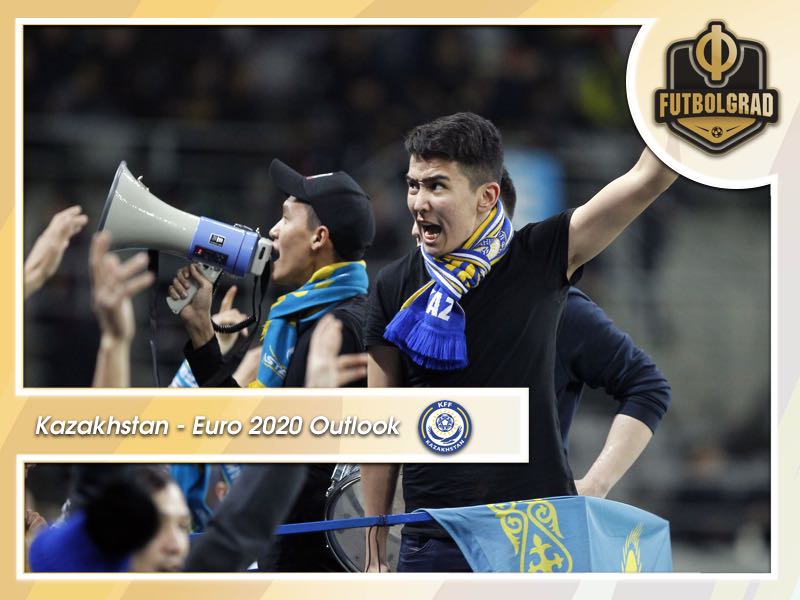
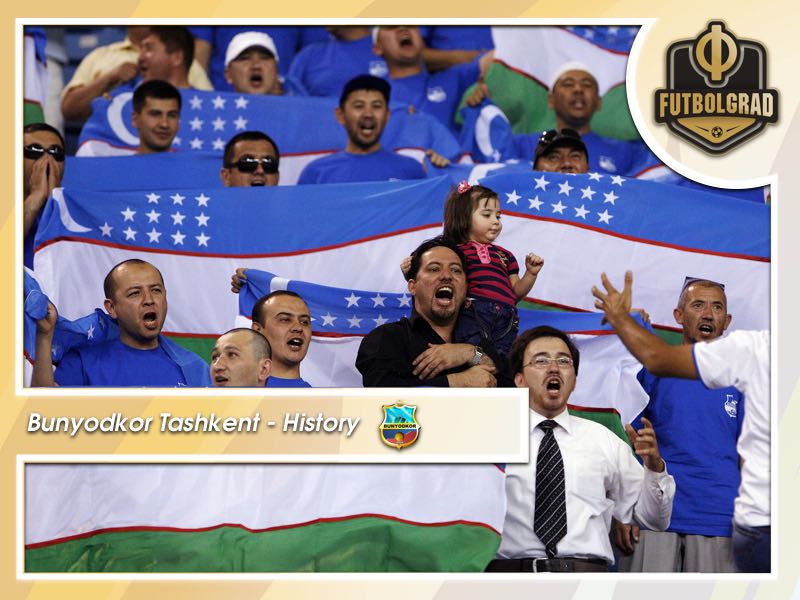
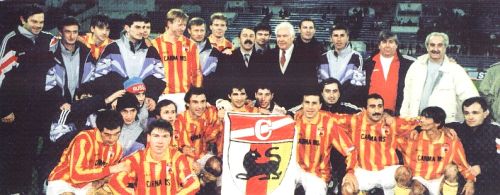
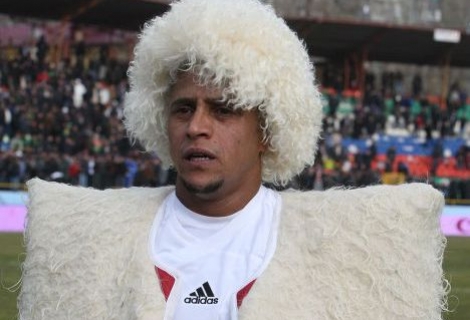
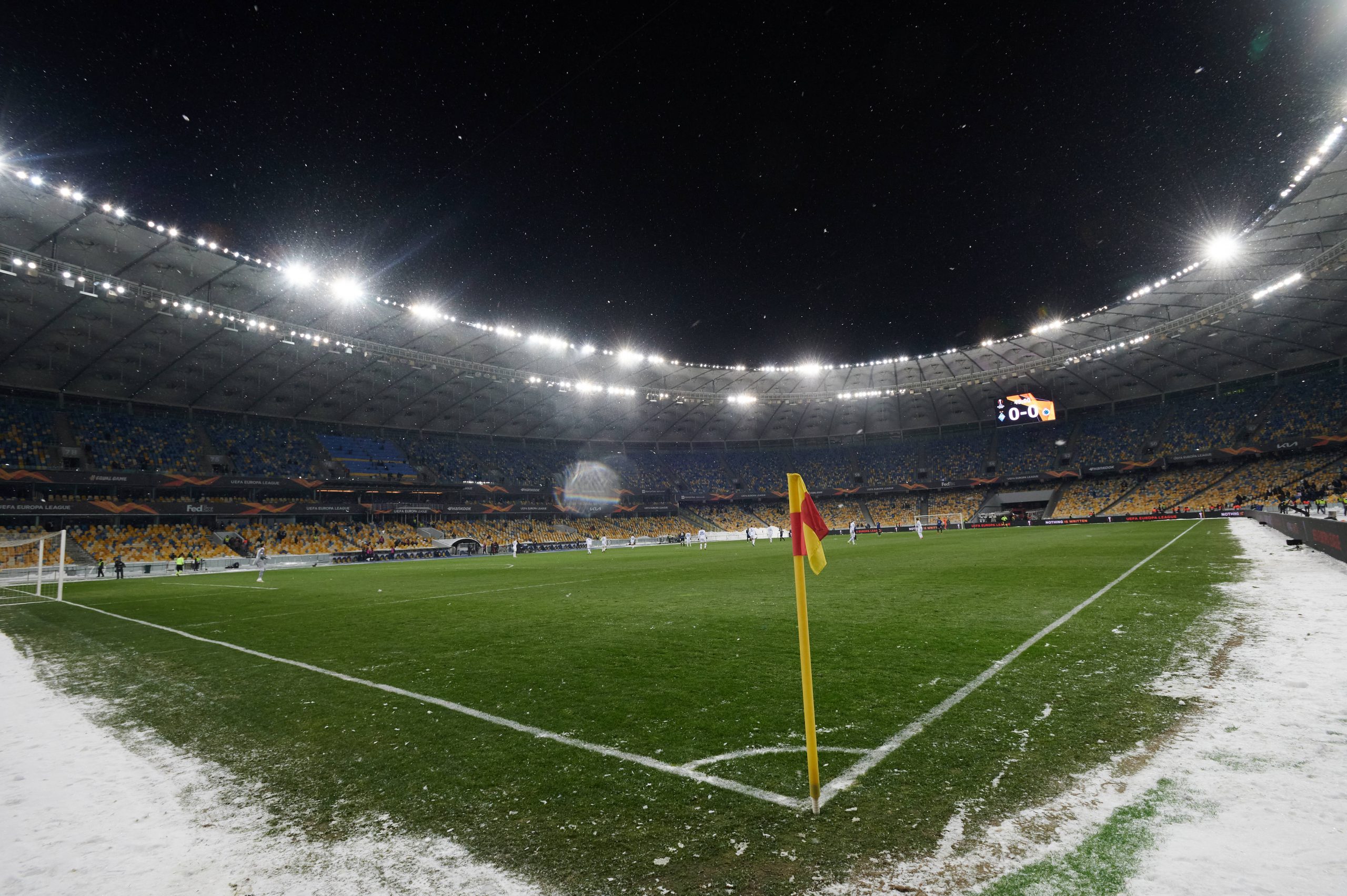
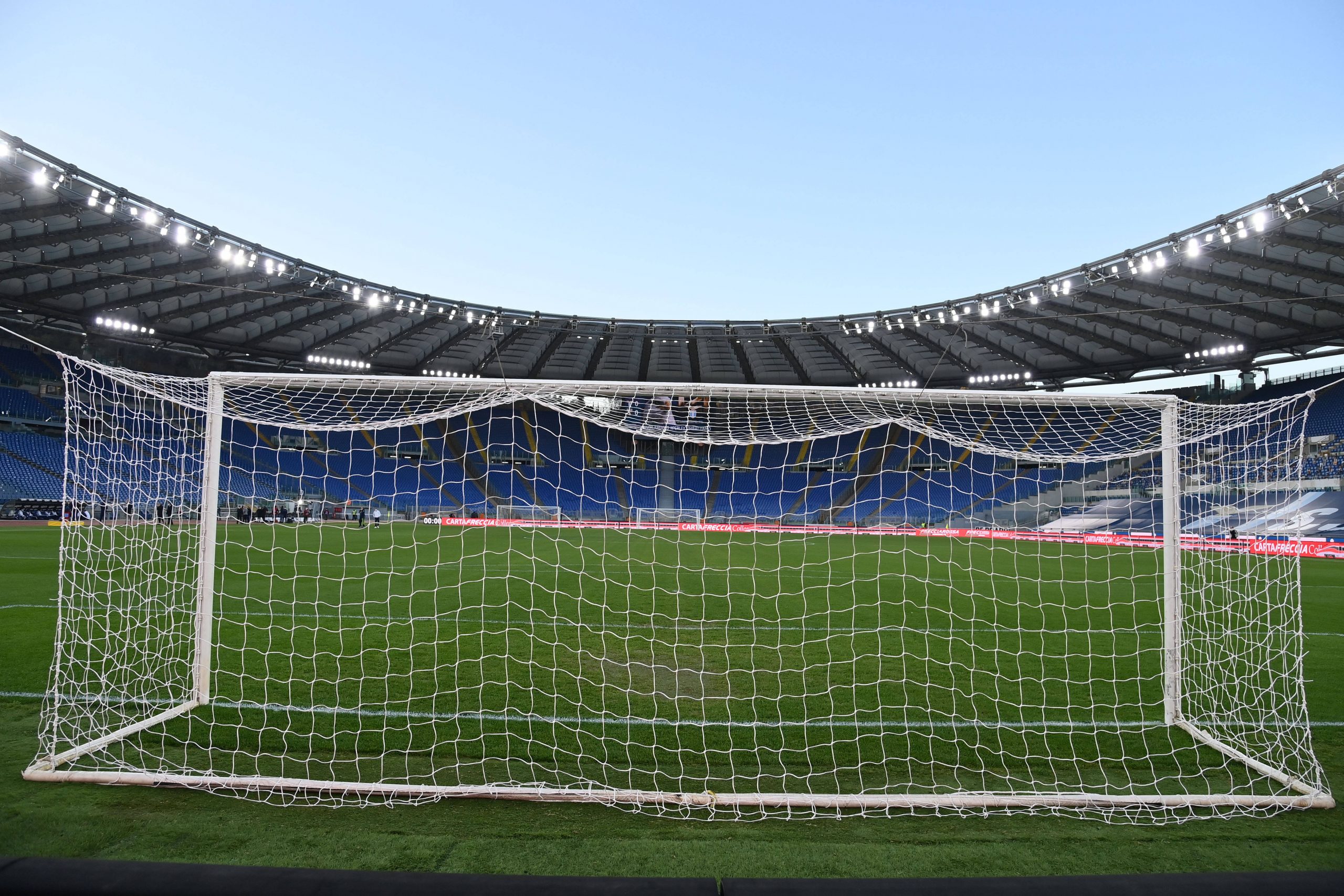
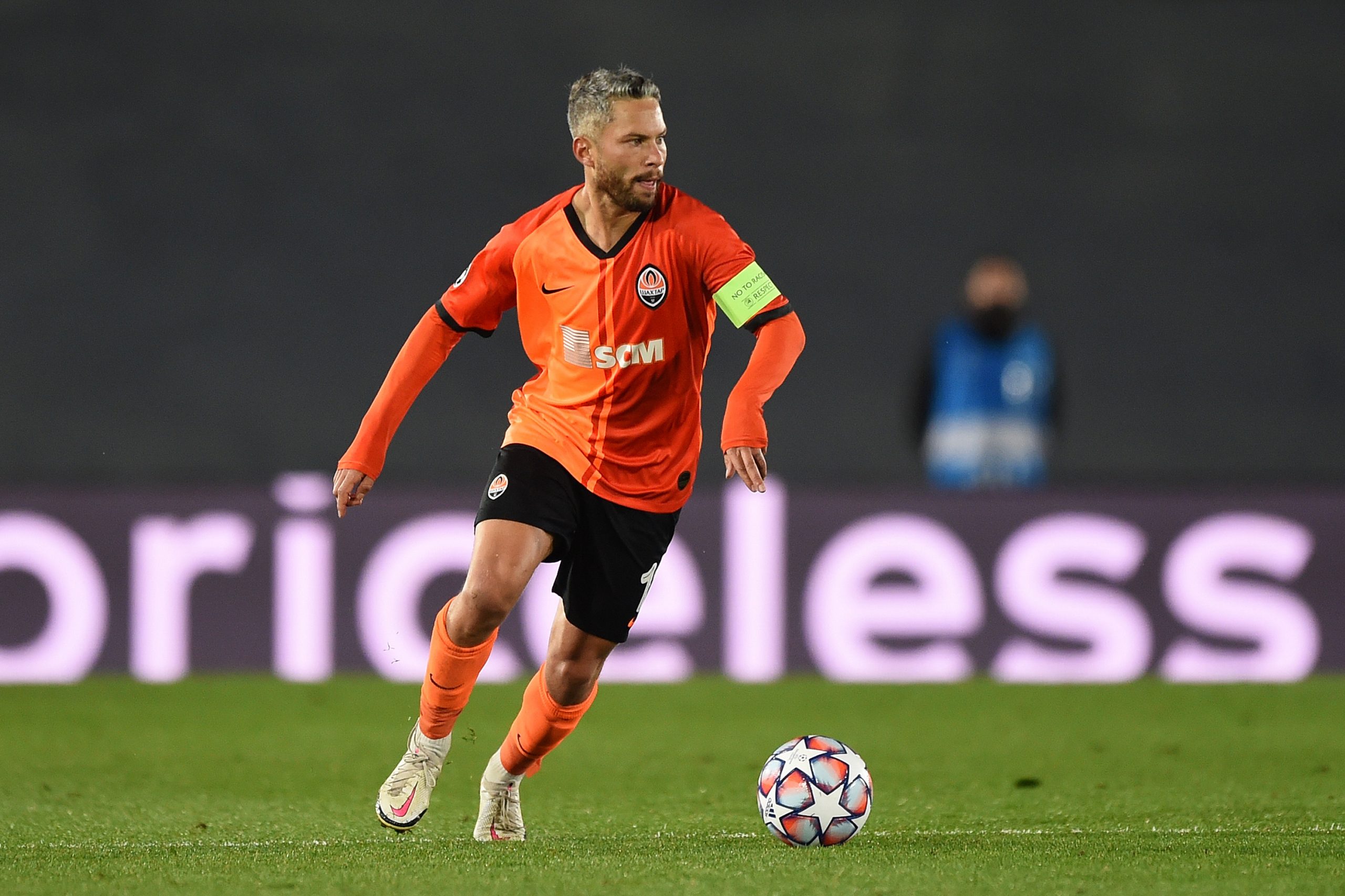
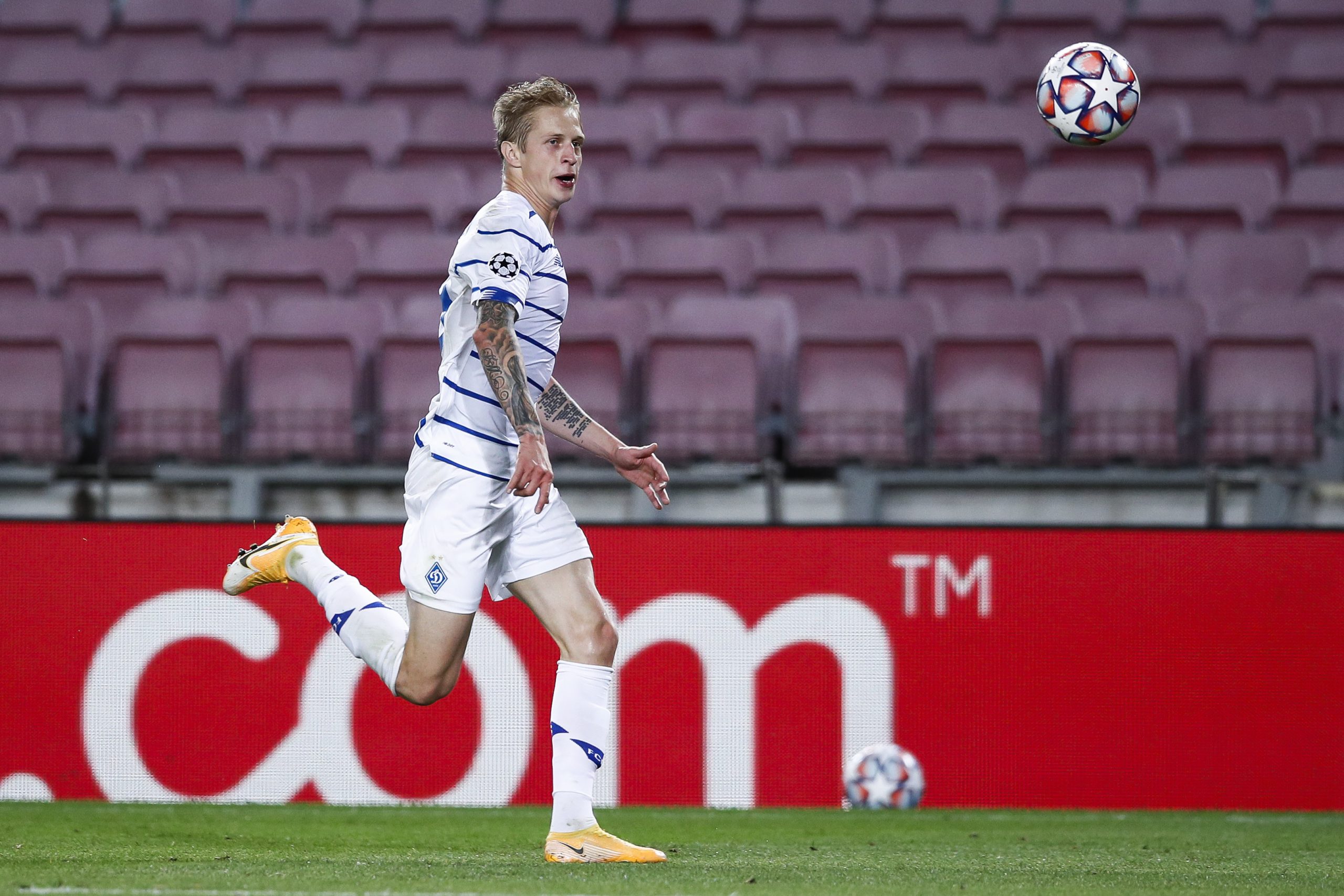
COMMENTS
[…] Russian Football Hooliganism – the Caucasian Divide […]